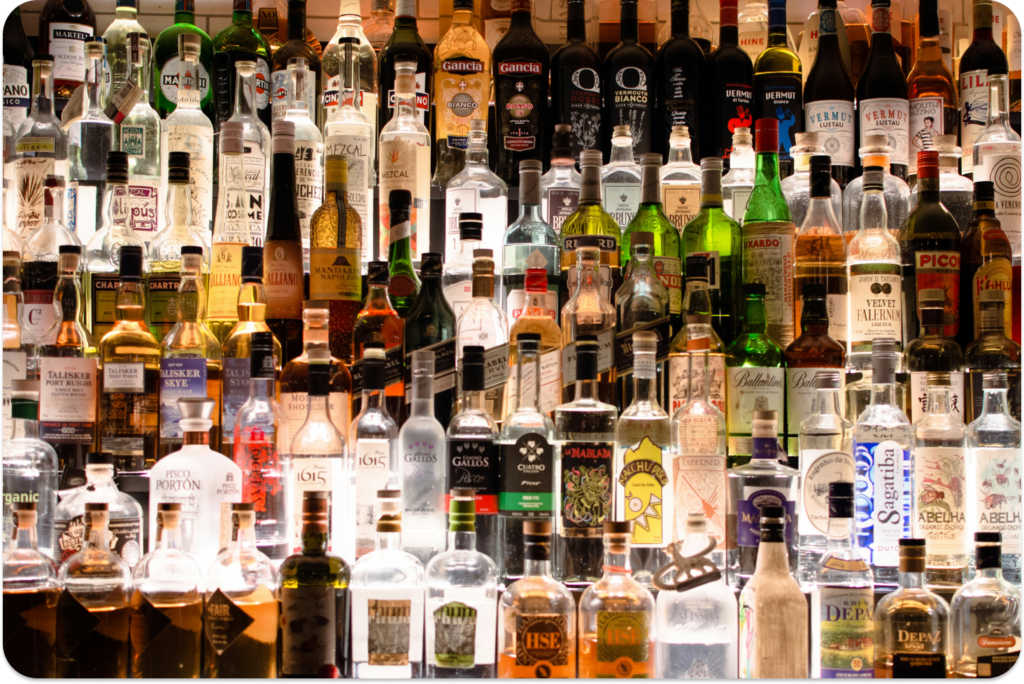
Ever felt stuck in the liquor store, staring at rows of Scotch bottles with names you can’t say, wondering which one to buy? Don’t worry, we’ve all been there.
Scotch whisky is special. It’s not just a drink—it’s like taking a trip across Scotland without leaving your chair. Unlike bourbon, which mostly tastes like sweet corn and oak, Scotch can taste like honey, fruit, or even like a beach campfire. Each bottle has its own personality.
I remember my first time with Scotch. I was in my early twenties hanging out with friends. Trying to look cool, I “borrowed” a bottle of Johnnie Walker Blue Label from my dad’s shelf—a really expensive bottle that was totally wasted on us beginners! We even mixed it with Coke (serious Scotch fans would be horrified). But even then, something clicked. Those flavors were different from anything I’d tried before, and just like that, I was hooked.
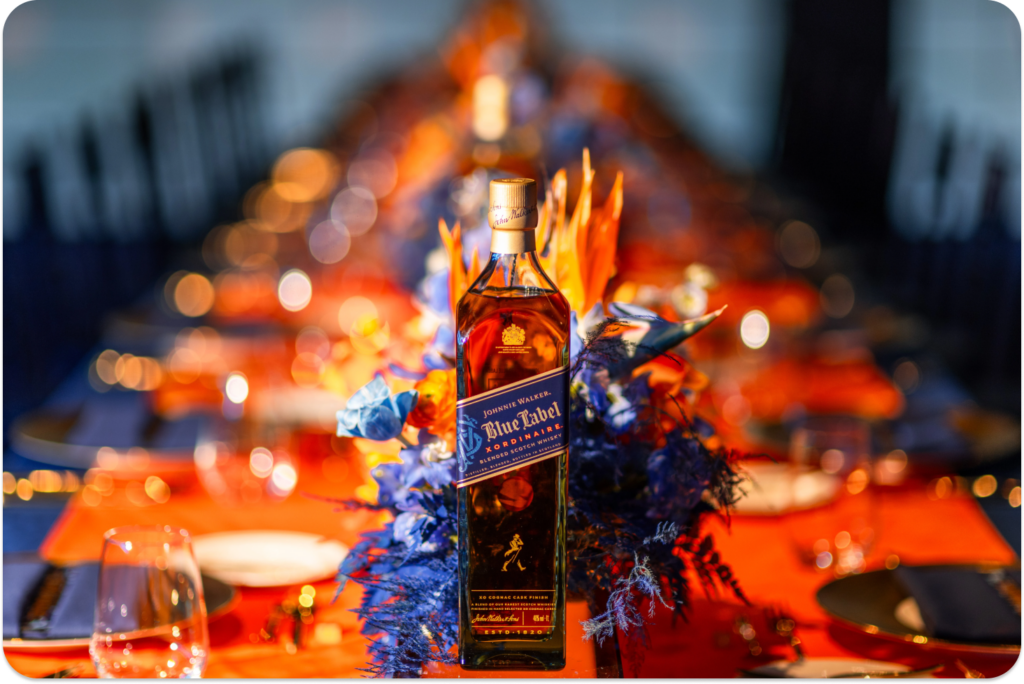
Your first taste of Scotch matters a lot. Pick the wrong bottle, and you might never try it again. But start with the right one, and you’ll discover a hobby that can last your whole life.
Over the years, I’ve helped many friends try Scotch for the first time. These eight bottles have turned even the most doubtful friends into Scotch fans. I picked each one because they’re easy to drink but still have enough flavor to show you what makes Scotch so special.
Let’s skip the beginner mistakes (and save you from sneaking your parents’ expensive bottles). Here are eight great starter Scotches that are easy to enjoy but still show you what real Scotch is all about—your first step into a world you might just fall in love with.
1. Glenmorangie Original (12 Year)
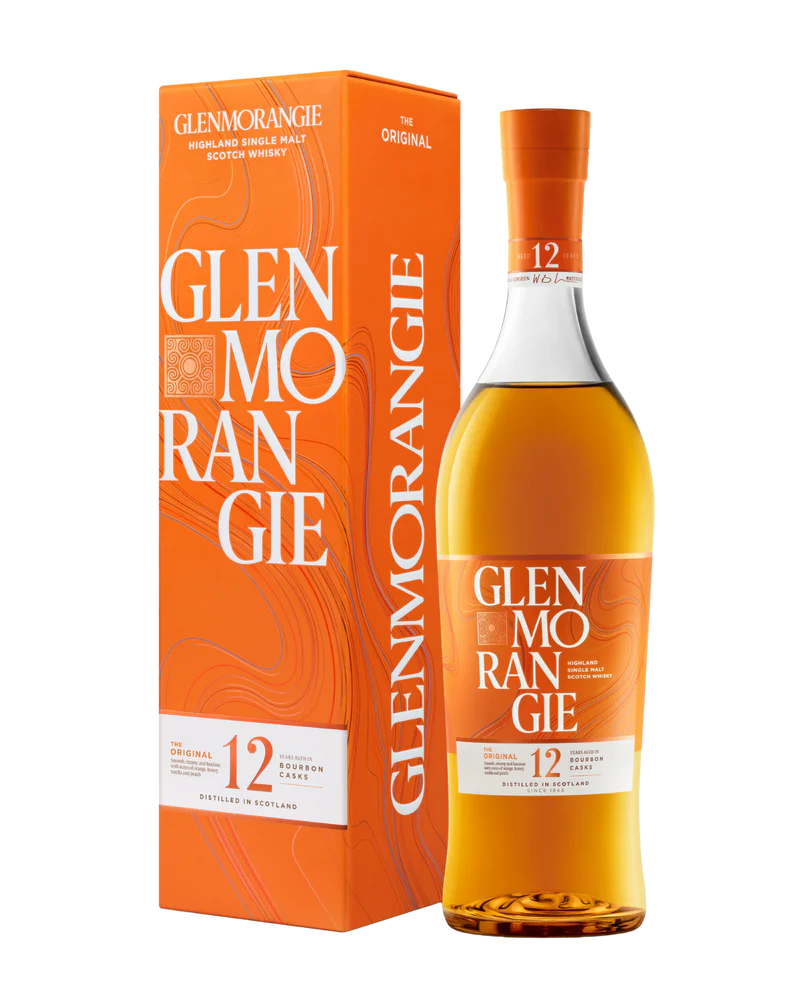
Region: Highlands
Tasting Notes: Sweet and gentle with hints of vanilla ice cream, orange peel, and honey
Price Range: $45-65
Why It’s Great for Beginners: The first time I brought Glenmorangie to a friend’s dinner party, even the “I don’t like whisky” people ended up asking for a second pour! This is my go-to bottle when introducing someone to Scotch because it’s like the perfect first date – approachable, charming, and leaves you wanting more.
What makes Glenmorangie special is how gentle it is. There’s no harsh burn or weird flavors – just smooth, sweet notes that remind you of desserts you already love. The distillery uses the tallest stills in Scotland (as tall as a giraffe!), which creates this super clean, light flavor that’s impossible not to like.
I keep a bottle of this in my collection at all times because sometimes, even after trying hundreds of whiskies, you just want something simple and delicious. It’s like that perfect vanilla ice cream – there are fancier desserts out there, but you never outgrow the classics.
Tip: Try a small sip, let it sit on your tongue for a few seconds, then take a tiny breath in through your mouth – the vanilla and honey flavors will really pop!
2. The Balvenie DoubleWood (12 Year)
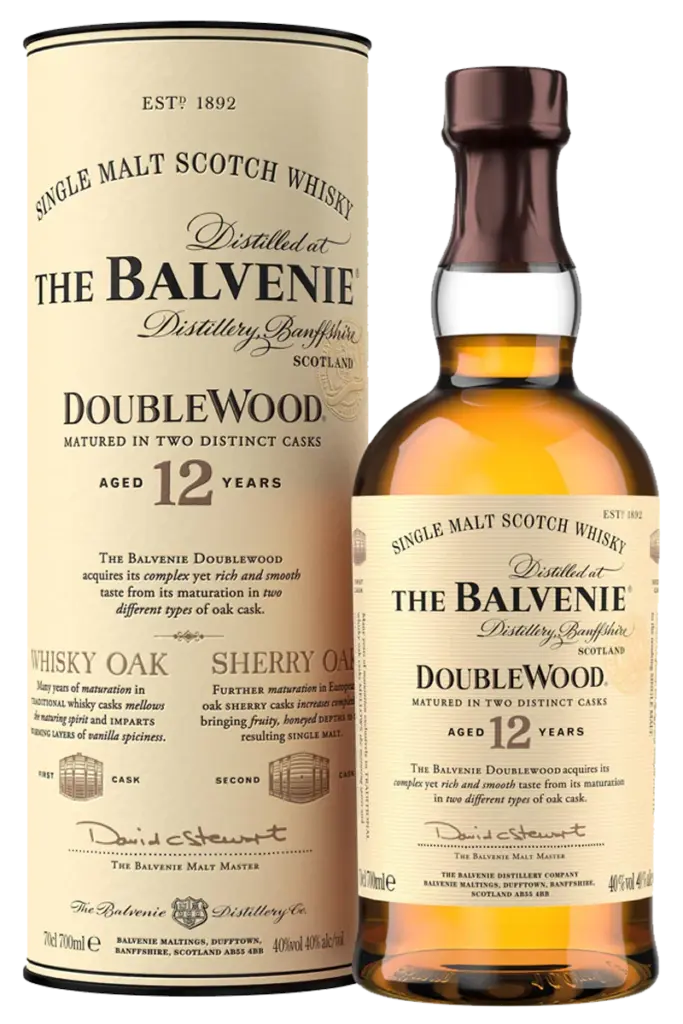
Region: Speyside
Tasting Notes: Smooth and sweet with flavors similar to honey, raisins, and cinnamon rolls
Price Range: $65-75
Why It’s Great for Beginners: This was the bottle that convinced my whisky-skeptic wife that Scotch could actually taste good! The Balvenie DoubleWood is like the comfort food of Scotch – it just makes you feel good with those warm, familiar flavors of honey and baking spices.
The “DoubleWood” name isn’t just marketing talk – it means this whisky spends time in two different barrels. First, it ages in regular oak barrels, then it gets finished in sherry casks that used to hold sweet wine. This gives it this amazing dessert-like quality that’s super easy to enjoy even if you’ve never had Scotch before.
I love watching people’s faces when they try this for the first time – there’s always this look of surprise like, “Wait, Scotch can taste like this?” It’s a bit pricier than some others on this list, but think of it like a good pair of shoes – worth spending a little extra for something that never disappoints.
Tip: This is amazing with a small piece of dark chocolate – the flavors dance together in a way that’s almost magical!
3. Johnnie Walker Black Label
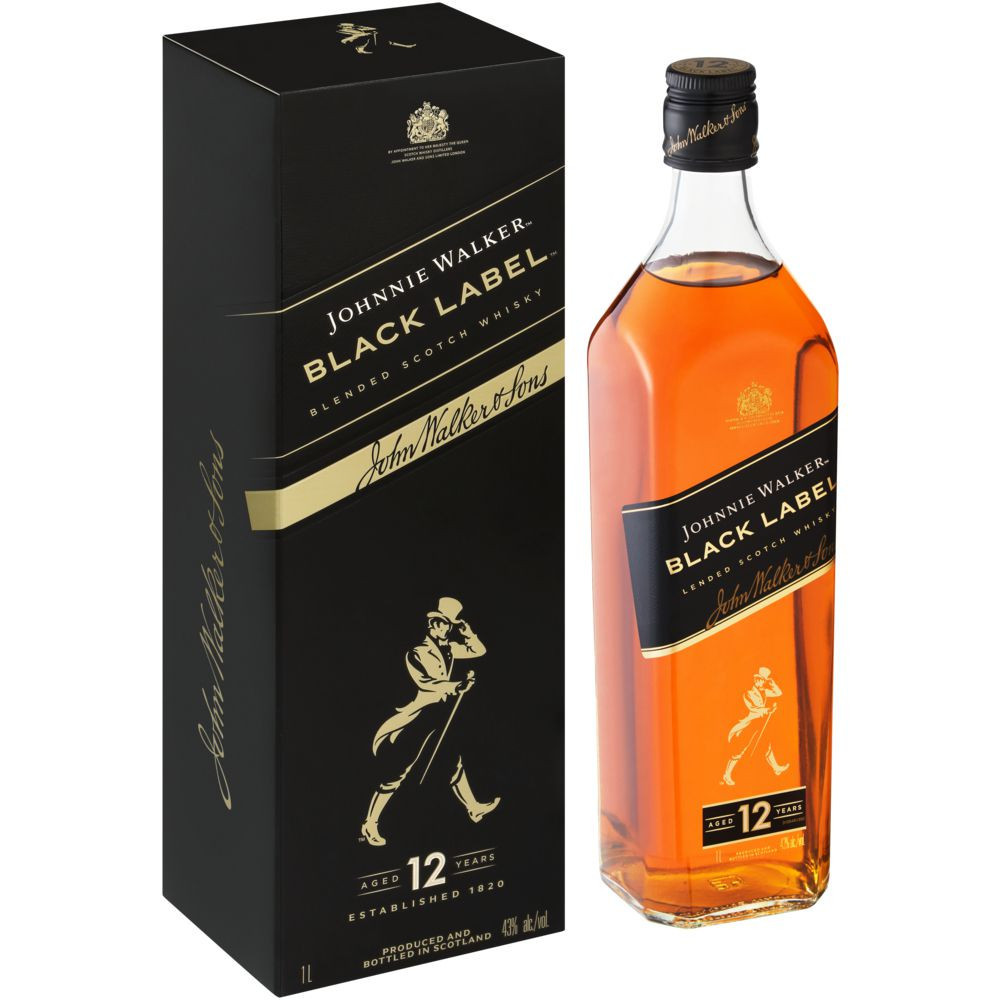
Region: Blended Scotch (various regions)
Tasting Notes: Smooth and balanced with vanilla, light smoke, dried fruit, and caramel
Price Range: $30-40
Why It’s Great for Beginners: Remember my story about “borrowing” that Blue Label from my dad’s cabinet? Well, Black Label is Blue’s more affordable and accessible cousin! While Blue Label might cost $200+, Black Label gives you that same Johnnie Walker quality for just $30-40. Don’t let anyone look down on blended Scotch! Johnnie Walker Black is like that reliable friend who’s always there when you need them.
Unlike single malts (which come from just one distillery), this is a careful mix of about 40 different whiskies, all aged for at least 12 years. The result? A perfectly balanced whisky that’s not too sweet, not too smoky, and not too anything else. It’s the ideal training wheels for your Scotch journey—familiar enough to enjoy right away but complex enough to help you figure out what flavors you love.
If I’d started with Black instead of sneaking that Blue Label, I’d have enjoyed it just as much AND saved my dad some money! Sometimes I still reach for Black Label even with all the fancy bottles in my collection now.
Tip: You can find Johnnie Walker Black literally everywhere—airport shops, grocery stores, corner liquor stores—making it super easy to find no matter where you are. It’s the perfect “sure thing” when you’re traveling or at a bar with limited options.
4. Glenfiddich 12 Year

Region: Speyside
Tasting Notes: Light and fruity with fresh pear, apple, and a touch of oak
Price Range: $35-45
Why It’s Great for Beginners: Let me tell you about the time I converted my beer-drinking college roommate to Scotch using nothing but a bottle of Glenfiddich 12! This whisky is like that friendly person at a party who gets along with everyone – it’s just so easy to like.
Glenfiddich (which sounds like “glen-FID-ick” by the way) is the world’s best-selling single malt for a reason. It has this fresh, crisp apple and pear flavor that reminds me of biting into fruit straight from the orchard. Nothing weird or challenging – just clean, bright flavors.
The cool triangular bottle is super recognizable, and you can find it almost anywhere. I’ve spotted it in tiny liquor stores in small towns and fancy bars alike. When I’m traveling and see that green bottle, it feels like bumping into an old friend.
I call Glenfiddich the “gateway malt” because it’s opened the door to Scotch appreciation for so many of my friends. Even my mom, who usually sticks to wine, enjoys a small glass of this around the holidays!
Tip: This is one of the few Scotch whiskies that tastes amazing slightly chilled – about 15 minutes in the fridge can really brighten up those fruit flavors.
5. Highland Park 12 Year
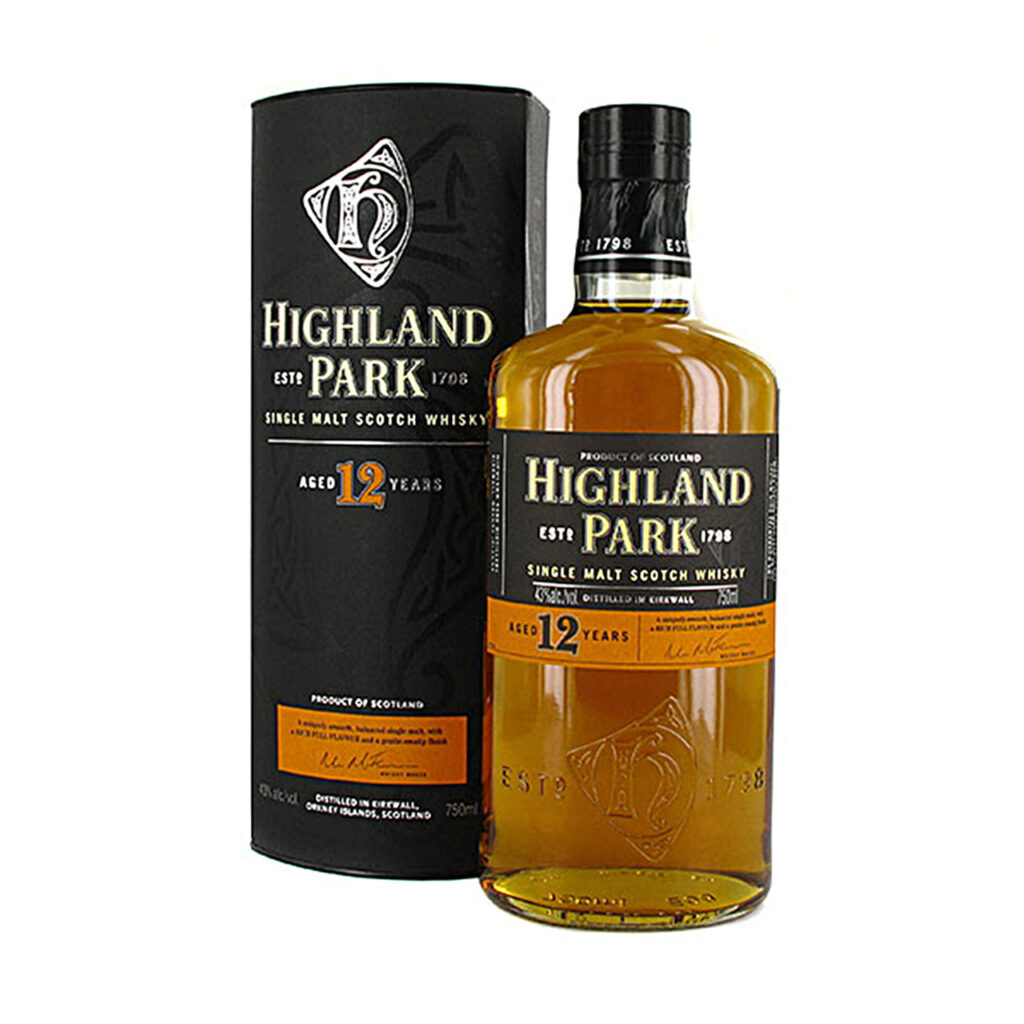
Region: Islands (Orkney)
Tasting Notes: Balanced honey sweetness with a very light campfire smokiness and dried fruit
Price Range: $50-60
Why It’s Great for Beginners: Highland Park was my “lightbulb moment” whisky. I remember sitting on my back porch one summer evening, taking a sip, and suddenly understanding what all the fuss was about! This whisky is like that perfect playlist that has something for everyone.
What makes Highland Park special is balance. It’s from Orkney, these remote islands off Scotland’s north coast where the distillery still does things the old-fashioned way. They use a small amount of peat (that’s what gives some Scotch a smoky flavor) but not enough to overwhelm you. It’s like sitting next to a campfire rather than diving into one.
For beginners, it’s perfect because you get a taste of everything Scotch can offer in one glass – a little honey sweetness, subtle fruit, and just enough smoke to make it interesting. It’s like Scotch whisky’s greatest hits album.
6. Monkey Shoulder
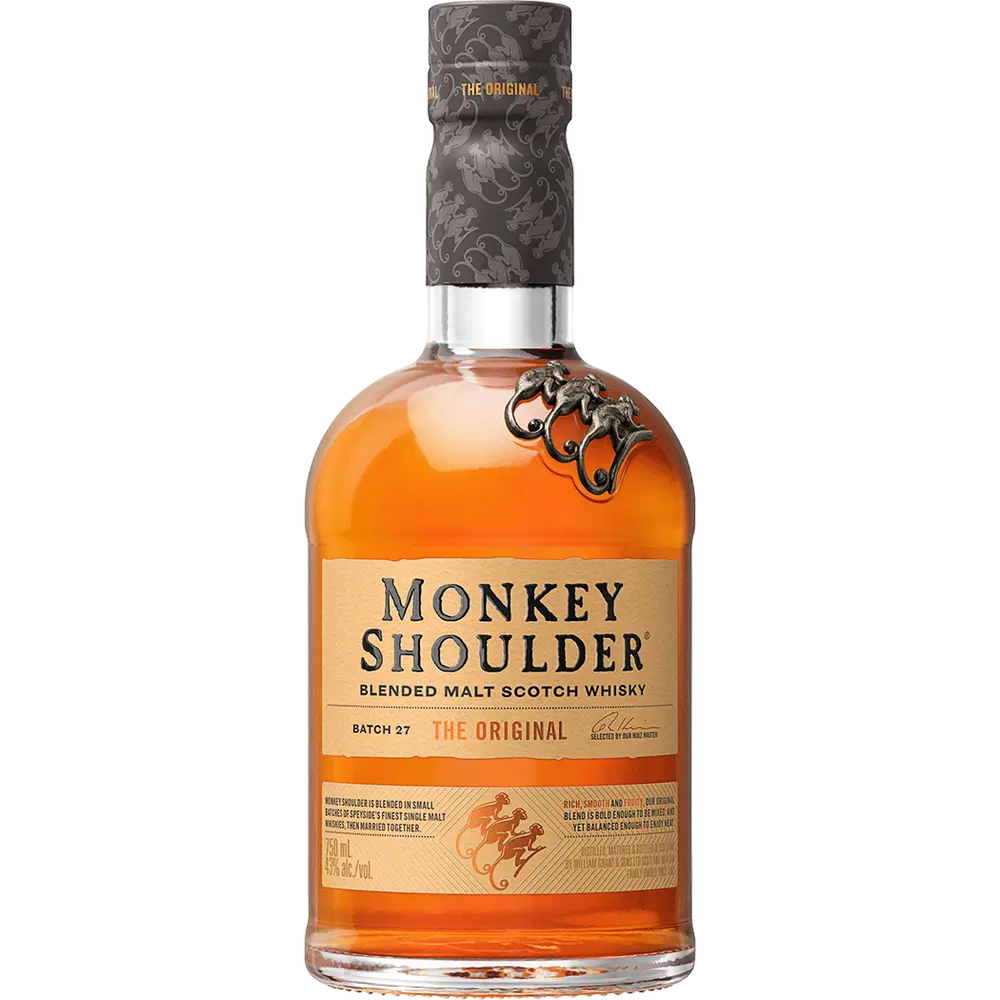
Region: Speyside (Blended Malt)
Tasting Notes: Smooth and sweet with vanilla, honey, and orange zest
Price Range: $30-35
Why It’s Great for Beginners: Monkey Shoulder has become my secret weapon at any oaccasion! The fun name comes from an old injury that malt workers would get from turning barley by hand (their arm would hang down like a monkey’s). But don’t let the playful bottle fool you – this is seriously good stuff. It’s a blend of three different Speyside single malts, carefully mixed to create something super smooth and approachable.
What I love about Monkey Shoulder is how versatile it is. It’s one of the few Scotches that tastes great neat, on the rocks, OR in cocktails. I’ve used it to make some killer Old Fashioneds when friends come over, and it’s always a hit. At around $30, it’s also way more affordable than many single malts but doesn’t sacrifice quality.
I actually discovered this one in college when I was on a tight budget but wanted something better than the cheap stuff. Years later, even with more expensive bottles on my shelf, I still reach for this regularly.
Tip: This makes an AMAZING Scotch and ginger – just mix with good quality ginger ale, add a squeeze of lime, and thank me later!
7. The Macallan Double Cask 12 Year
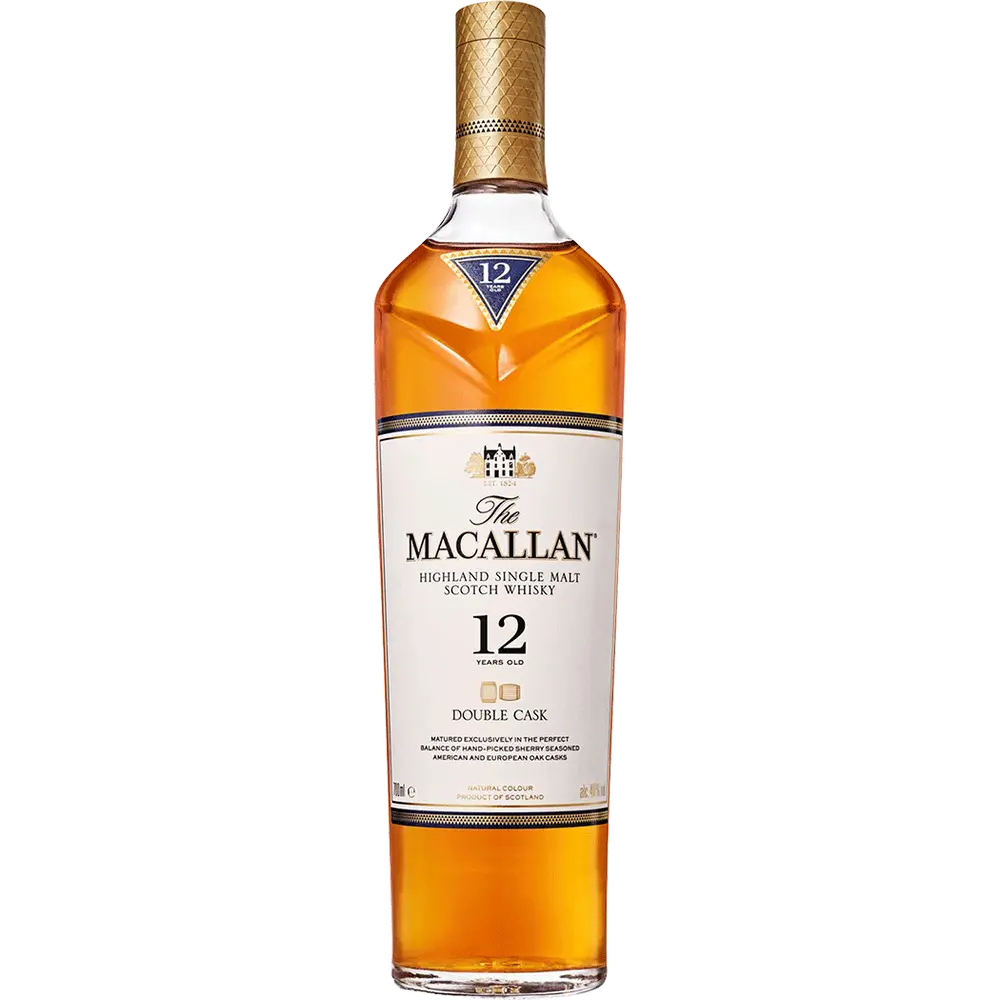
Region: Speyside
Tasting Notes: Rich with flavors of dried fruits, caramel, and warm spices
Price Range: $65-80
Why It’s Great for Beginners: The Macallan is what I call the “special occasion starter Scotch.” When my cousin got engaged, I brought a bottle of this to celebrate, and even her fiancé who “only drinks bourbon” was converted after one glass!
The Macallan has this amazing reputation – it’s the Scotch you see in movies and TV shows when the character is supposed to have good taste. But unlike some luxury brands that don’t live up to the hype, Macallan actually delivers. The Double Cask takes traditional Macallan (which can be a bit intense for beginners) and softens it by using both European and American oak casks.
The result is this gorgeous, rich experience that tastes like Christmas cake, caramel, and orange zest. It’s on the pricier side of our beginner list, but it’s worth every penny. I think of it as the difference between a regular chocolate chip cookie and one from that fancy bakery downtown – technically the same thing, but a whole different experience.
I still remember my dad’s expression when I bought him a bottle after getting my first real job – it’s become our special father-daughter tradition to share a glass when something good happens in the family.
8. Aberfeldy 12 Year
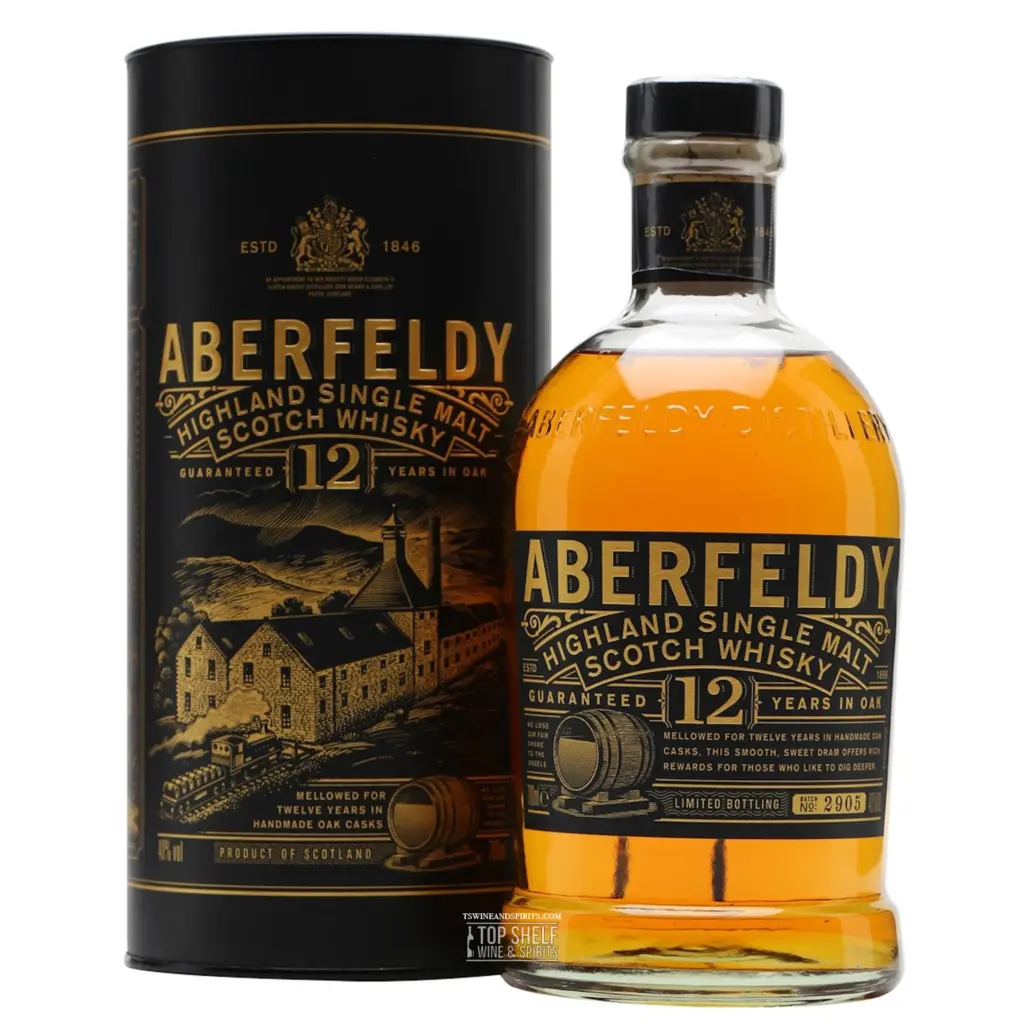
Region: Highlands
Tasting Notes: Honey-sweet with vanilla, orchard fruits, and light spice
Price Range: $40-50
Why It’s Great for Beginners: Aberfeldy is my “honey, I’m home” whisky. After a long day, there’s something so comforting about its golden sweetness. It was actually recommended to me by a bartender in Edinburgh when I visited Scotland for the first time and admitted I was still new to Scotch.
They call Aberfeldy the “Golden Dram,” partly because of its beautiful amber color but also because the distillery sits next to a river where people used to pan for gold! The water from that same gold-flecked stream is used to make this whisky, which I think is just the coolest story.
What makes it perfect for beginners is how naturally sweet it is – not in a sugary way, but in a rich honey and heather way that needs no acquired taste to appreciate. It’s smoother than a jazz saxophone solo and never burns, even if you’re new to stronger spirits.
My favorite Aberfeldy memory was sharing it with my whisky club when we were all novices. We were trying to be all serious and sophisticated, noting “flavor profiles” and “mouthfeel,” until someone just blurted out, “Guys, this just tastes GOOD!” And that’s really the point, isn’t it?
Tip: Try this one after dinner with a small piece of honeycomb or a vanilla dessert – the pairing is ridiculously good!
Tips for Whisky Beginners
- Start with small sips: Scotch is meant to be sipped slowly, not gulped or taken as shots. Your taste buds will thank you!
- Try it neat first: Take your first taste without adding anything. Then feel free to add a few drops of water, which can actually “open up” new flavors.
- Use the right glass if possible: A tulip-shaped glass (like a Glencairn) helps concentrate the aromas, but any small glass works better than a wide tumbler.
- Don’t worry about “right” and “wrong”: The best way to drink Scotch is however YOU enjoy it, whether that’s neat, with ice, or with a splash of water.
- Remember your favorites: Keep simple notes about what you like and don’t like to guide your next purchase.
- Don’t fear mixing!: Seriously, try mixing with Coke, sparkling water, or even pour it over ice cream if you want! I occasionally mix whisky with vanilla ice cream and it’s amazing. The “whisky police” aren’t watching, and there’s truly no right or wrong way to enjoy YOUR drink.
Final Thoughts
The world of Scotch whisky is huge, with hundreds of options to explore as your taste develops. These eight selections offer a perfect introduction to different styles without overwhelming your palate or your wallet. Remember that everyone’s taste is different – the “best” Scotch is simply the one you enjoy most!
